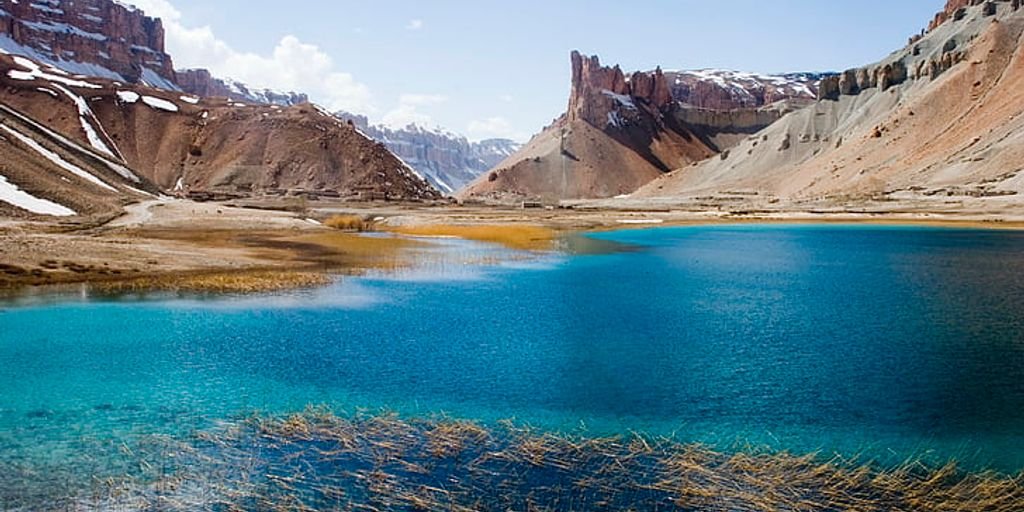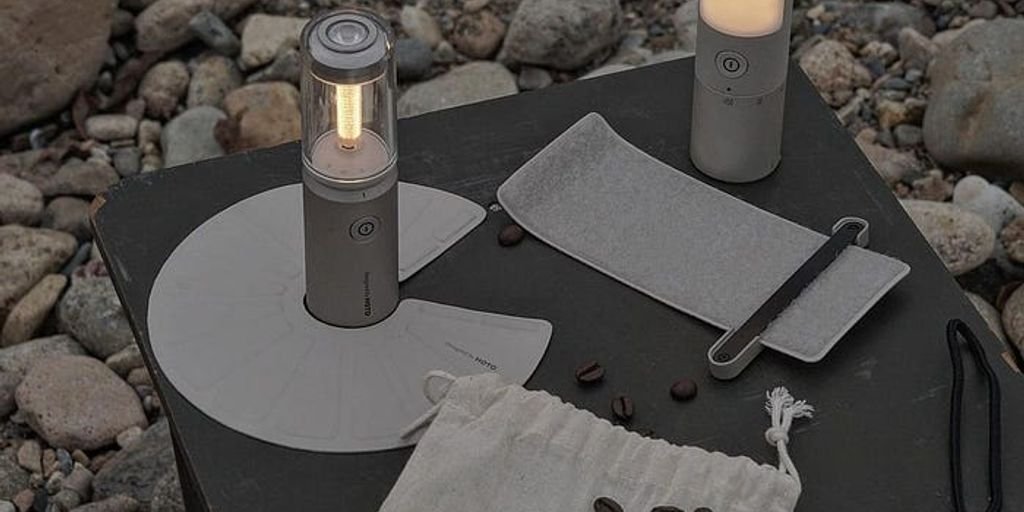Embarking on an outdoor adventure can be exhilarating, but it’s crucial to be well-prepared with the right equipment to ensure comfort and safety. This article delves into the essential gear needed for a variety of outdoor activities, ensuring you’re well-equipped for any situation. From selecting the perfect backpack to choosing the right sleeping gear, and navigating safely to cooking and food storage, this guide covers all the essentials that will enhance your outdoor experience.
Key Takeaways
- Choosing the right backpack involves considering capacity, weight, material durability, and comfort features.
- Essential sleeping gear includes a suitable tent, climate-appropriate sleeping bags, and supportive sleeping pads and pillows.
- Navigational tools such as maps, compasses, GPS devices, and smartphone apps are vital for safe outdoor exploration.
- For cooking and food storage, portable stoves, effective food preservation techniques, and eco-friendly utensils are key.
- Appropriate clothing and footwear, hydration systems, and safety equipment like first aid kits and emergency shelters are crucial for a comfortable and safe adventure.
Choosing the Right Backpack

Capacity and Weight Considerations
When selecting a backpack for your outdoor adventures, the capacity and weight are crucial factors to consider. Backpacks typically range from 10 to 80 liters. For day trips, a smaller pack will suffice, while multi-day excursions require larger capacities. Always balance the capacity with the overall weight of the pack, ensuring it supports your gear without causing strain.
Material and Durability
The material of a backpack not only determines its durability but also affects its weight and weather resistance. Common materials include nylon and polyester, with variations like rip-stop for enhanced durability. For rugged outdoor activities, choose a backpack with a high denier count and waterproof coating to withstand various conditions.
Comfort Features
Comfort is paramount, especially during long treks. Look for backpacks with padded shoulder straps, a supportive back panel, and an adjustable waist belt. Proper ventilation can prevent overheating. Additionally, multiple compartments can help distribute weight evenly, making the backpack easier to manage.
Essential Sleeping Gear

Selecting a Suitable Tent
Choosing the right tent is crucial for a comfortable and safe outdoor adventure. Consider the size, weight, and weather resistance to match your specific needs. Tents should be spacious enough to accommodate all occupants and gear comfortably.
Sleeping Bags for Different Climates
Sleeping bags vary greatly in terms of insulation, material, and design. Select a sleeping bag based on the climate you will be encountering:
- Cold weather: Opt for a bag with down insulation.
- Mild weather: A synthetic fill might be sufficient.
- Warm weather: Consider a lighter, more breathable bag.
Sleeping Pads and Pillows
Sleeping pads add a layer of cushioning and insulation, which is essential for a restful sleep. Foam pads are lightweight and durable, while air pads offer more comfort but may require more maintenance. Pillows provide necessary head support and can significantly enhance sleep quality. > Ensure your sleeping setup is tested before your trip to avoid any surprises.
Navigational Tools for Safe Exploration

Navigating through the wilderness requires reliable tools to ensure safety and accuracy in finding your way. Maps and compasses are fundamental for traditional navigation, providing a fail-safe method that doesn’t rely on batteries or signal. Ensure you understand how to use them effectively before your trip.
GPS devices offer precision and real-time location tracking which can be invaluable in remote areas. They come in various forms, from handheld units to those integrated into watches or smartphones. Consider battery life and the ability to download maps for offline use.
Smartphone apps are increasingly popular for outdoor navigation due to their convenience and multifunctional capabilities. However, they should not be the sole navigational tool due to potential issues with battery life and signal availability. It’s wise to carry a power bank and pre-download maps on your device.
Remember: Always have a backup navigational method in case of technology failure.
Cooking and Food Storage

Portable Stoves and Fuel
Choosing the right portable stove and fuel type is crucial for efficient outdoor cooking. Select a stove based on the specific needs of your trip, whether it’s a lightweight canister stove for short hikes or a liquid fuel stove for longer expeditions. Fuel efficiency and the ability to operate in various weather conditions are key considerations.
Food Preservation Techniques
Proper food storage is essential to prevent spoilage and deter wildlife. Utilize bear-proof containers and coolers to keep perishables fresh. Techniques such as vacuum sealing and using insulated bags can extend the life of your food supplies.
Eco-Friendly Utensils and Cookware
Opt for utensils and cookware that are durable and easy to clean. Materials like silicone and stainless steel are preferred for their longevity and minimal environmental impact. Consider compact designs that nest together to save space in your backpack.
Clothing and Footwear

Layering for Weather Conditions
Proper layering is essential to manage body temperature and comfort during outdoor activities. Start with a moisture-wicking base layer, add an insulating middle layer, and top it off with a protective outer layer. This strategy helps to adapt to changing weather conditions efficiently.
Choosing the Right Footwear
Selecting the right footwear is crucial for ensuring comfort and preventing injuries. Opt for boots or shoes that are well-suited for the terrain and have good support and traction. It’s important to break in new footwear before a long trip to avoid blisters and discomfort.
Waterproof and Breathable Fabrics
Invest in clothing made from waterproof and breathable fabrics to stay dry and comfortable. These materials allow sweat to escape while keeping rain and moisture out, making them ideal for outdoor adventures.
Hydration Systems

Water Filters and Purifiers
Ensuring safe drinking water is crucial during outdoor activities. Water filters and purifiers are essential for removing contaminants and pathogens from natural water sources. They come in various forms, including pump filters, gravity filters, and ultraviolet light purifiers. Each type has its specific use case, depending on the clarity and contamination level of the water.
Hydration Packs
Hydration packs are a convenient way to carry water while keeping hands free. They typically consist of a reservoir or bladder with a drinking tube. The best hydration packs are lightweight and have expandable storage, making them ideal for various outdoor activities. They are particularly popular among hikers, bikers, and long-distance runners.
Safe Water Practices
It’s important to always follow safe water practices to prevent illness. This includes choosing clean water sources and properly using hydration equipment. Avoiding stagnant or unclear water can significantly reduce the risk of waterborne diseases. Regular maintenance of equipment, such as cleaning and drying hydration packs, is also crucial for safe use.
Safety and Emergency Equipment

First Aid Kits
A well-stocked first aid kit is crucial for managing minor injuries and preventing serious health issues in emergency situations. Ensure your kit includes items such as bandages, antiseptics, pain relievers, and tools for treating common outdoor injuries.
Emergency Shelters
In unexpected weather conditions or if you get lost, having an emergency shelter can be a lifesaver. Options include lightweight tents, bivy sacks, and space blankets, designed to provide quick protection from the elements.
Signaling Devices
To attract attention in case of an emergency, carry reliable signaling devices. These can range from whistles to mirrors, and even high-tech gadgets like personal locator beacons. Effective signaling helps rescuers locate you faster, potentially saving lives.
Conclusion
Equipping yourself with the right outdoor gear is crucial for a comfortable and enjoyable adventure. Whether you’re hiking, camping, or engaging in any outdoor activity, having the essential equipment can make a significant difference in your overall experience. From ensuring your safety to enhancing your comfort, the right tools and gear are indispensable. Remember, the key to a successful outdoor adventure lies not only in your spirit of adventure but also in the practical preparations you make. So, choose wisely, prepare thoroughly, and embrace the beauty of nature with confidence and comfort.
Frequently Asked Questions
What should I consider when choosing a backpack for outdoor adventures?
When selecting a backpack, consider its capacity and weight to ensure it fits your needs without being too heavy. Also, look for durable materials and comfort features like padded straps and back support.
How do I choose the right sleeping gear for different climates?
Select a sleeping bag that matches the climate conditions of your destination. Additionally, consider using sleeping pads and pillows for extra comfort and insulation.
What are the essential navigational tools for safe outdoor exploration?
Essential navigational tools include maps and compasses for basic navigation, GPS devices for precise location tracking, and smartphone apps that offer offline maps and tracking features.
What should I know about cooking and food storage while camping?
Use portable stoves and appropriate fuel for cooking. Employ food preservation techniques to keep perishables safe, and opt for eco-friendly utensils and cookware to minimize environmental impact.
How do I select appropriate clothing and footwear for outdoor activities?
Layer your clothing to adapt to changing weather conditions. Choose the right footwear for the terrain, and prefer waterproof and breathable fabrics to stay comfortable.
What are the best practices for hydration and water safety in the outdoors?
Use water filters and purifiers to ensure water safety, carry hydration packs for easy access to water, and always follow safe water practices to prevent contamination.


